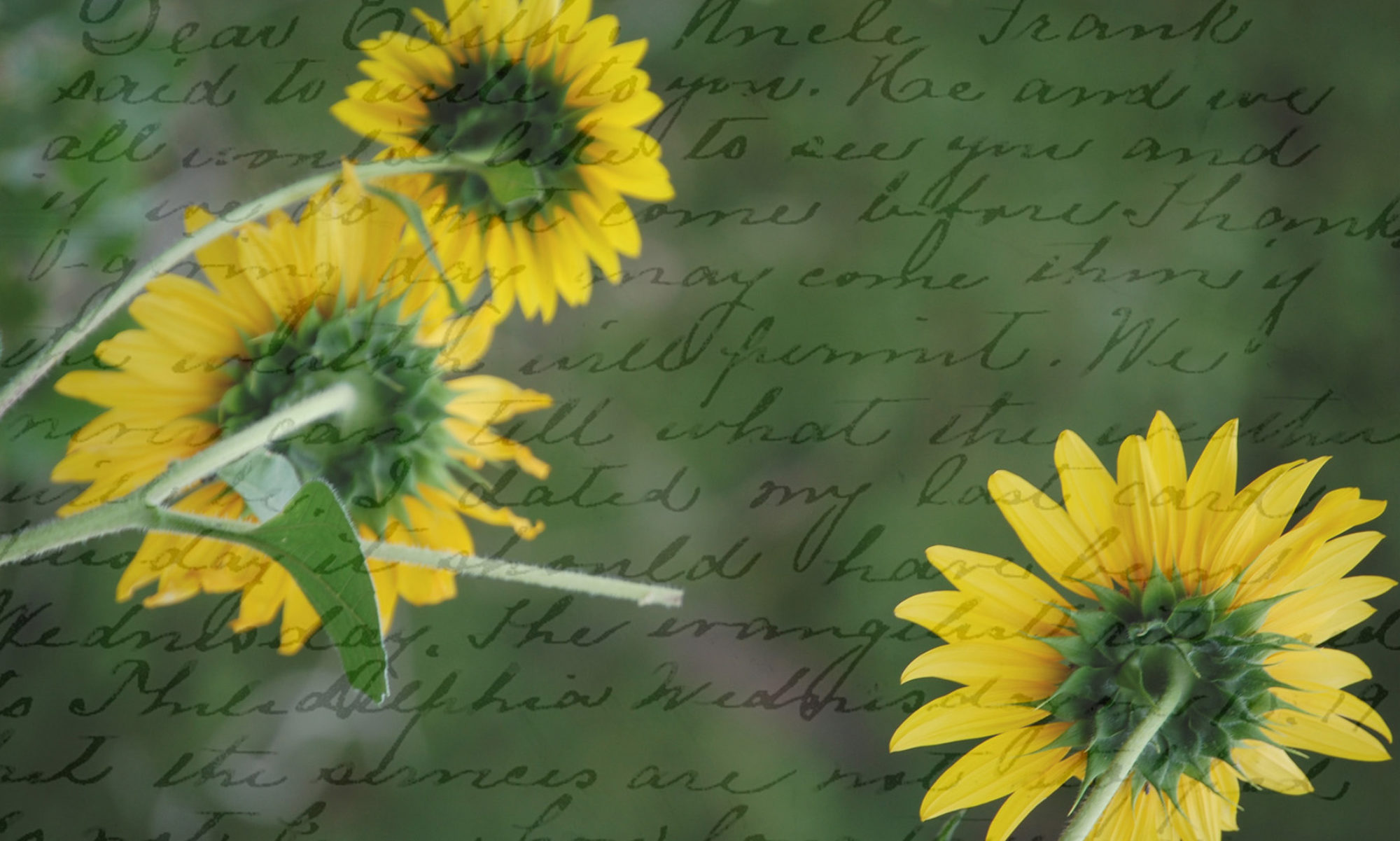What is Ecobiography?
An ecobiography is an ecology-based memoir or lifewriting text that narrates and reflects upon life events and experiences as influenced by a connection with elements of the natural world. This relationship may be within a wilderness, rural, or even urban setting and may challenge the human versus nature dichotomy. Juxtaposing description of the natural world with narration of life events, ecobiography portrays “ecological kinships” between humans and animals, plants, and landscapes. In ecobiography, a realization of one’s place within the natural world may lead to the discovery of other important life lessons. By writing the self in nature, a new vision of life story emerges, one that contemplates the writer as part of an interdependent ecosystem.
Ecobiography shares much with the descriptive and environmental goals of nature writing: close observation, precise explanation of natural phenomenon, and reflection on new knowledge gained. In its similar attention to naturalistic detail, ecobiography is rooted in the literature of place. Ecobiography may also share nature writing’s emphasis on ecological preservation. Classic nature writing texts like Aldo Leopold’s Sand County Almanac and Edward Abbey’sDesert Solitaire attest to the earth’s inherent value and the urgent need for environmental stewardship.
The impulse for ecobiography, however, comes first from memoir and the desire to record and reflect upon one’s own life experiences. In ecobiography, that impulse is shaped by an attempt to locate and articulate the author’s relationships with inhabitants and phenomena of the natural world. Here the writer consciously draws personal lessons from aspects of nature as they become a force or even a character in the lifewriting narrative. In ecobiography, reflection is more firmly attached to the writer’s personal life, perhaps to lessons learned or secrets revealed. Readers can trace the author’s life story in these reflective moments. Although not self-identified as “ecobiography,” works like Terry Tempest Williams’s Refuge, Janisse Ray’s Ecology of a Cracker Childhood, and David M. Carroll’s Self-Portrait with Turtles offer models for memoir writing that portrays an essential relationship with elements of the natural world.
Writing ecobiography helps us place ourselves—our values, perspectives, and desires—within a larger landscape. Ecobiography may even function as a witnessing of environmental conditions or transformations. If an ecosystem–be it urban, rural, or wild–could be imagined as a photograph, ecobiography helps answer the question, “Where am I in that picture?”
If you’re interested in learning more about ecobiography, contact Kayann Short, author of the award-winning A Bushel’s Worth: An Ecobiography (Torrey House Press), for writing workshops, retreats, and consultation. Her essay “Swallowtail Summer: Generations of Ecology in the Art and Science Maria Sibylla Merian” in The Hopper presents how the work of this overlooked seventeenth-century naturalist and artist revolutionized the science of ecology. Her essay “Bones Beneath Bark: The Ecological Kinship of Trees and Humans” in Hawk & Handsaw: The Journal of Creative Sustainability explores how human health benefits from our mutual survival with trees. Her essay “Food for Bears” in the environmental-literary magazine, The Hopper, examines the impact of climate crisis on the food system for bears and humans along Colorado’s Front Range.
